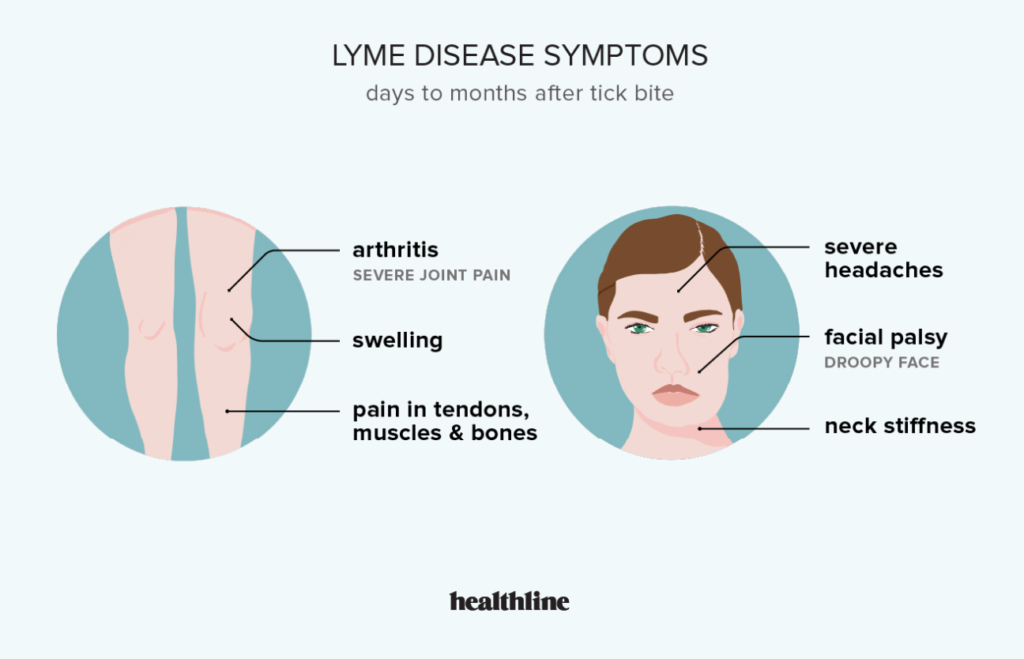Lyme disease is a serious condition that can cause a range of problems, from pain and fatigue to neurological damage. There is no cure for Lyme disease, but there are treatments that can help manage the symptoms. Neurofeedback is one such treatment that has shown promise in helping people with Lyme disease. In this blog post, we’ll take a look at what neurofeedback is and how it may be able to help people with Lyme disease. Cases are rising and many suffering…

What are the symptoms of Lyme Disease?
Lyme Disease can cause a wide range of symptoms, depending on the stage of infection. Early symptoms can include fever, headache, fatigue, and muscle aches. If left untreated, the disease can progress to more serious stages with additional symptoms such as joint pain, heart problems, and nerve damage. Lyme Disease is a serious illness, and it is important to seek medical attention if you suspect that you may have been infected.
How is Lyme Disease treated?
Lyme Disease is treated with antibiotics, depending on the stage of infection. Early treatment is important to prevent the disease from progressing. Some people also respond well to alternative treatments such as neurofeedback or herbal therapies. It is important to speak with your doctor to find the best treatment plan for you.
What is Neurofeedback and how does it work?
Neurofeedback is a type of biofeedback that uses sensors to measure electrical activity in the brain. This information is then used to provide feedback to the person, which can help them learn to control their own brain activity. Neurofeedback has been shown to be effective for a range of conditions, including Lyme disease.
What are the benefits of Neurofeedback for those suffering with Lyme Disease?
A new study suggests that neurofeedback may help improve symptoms in people with Lyme disease. The study found that neurofeedback was associated with reduced fatigue, improved sleep, and reduced pain. This is promising news for those suffering from Lyme disease, which can be a debilitating condition. Neurofeedback is a non-invasive treatment that uses brainwave training to help patients self-regulate their nervous system. If you or someone you know has Lyme disease, ask your doctor about neurofeedback as a potential treatment option.
How long does a typical session last?
A typical neurofeedback session lasts for 30-60 minutes. During the session, sensors are placed on the scalp to measure brain activity. The person then sits back and relaxes while watching a movie or listening to music. The feedback from the brain activity is then used to help the person learn to self-regulate their own brain activity.
What are the side effects of Neurofeedback?
The side effects of traditional neurofeedback are typically mild and include headaches, dizziness, and nausea. These side effects usually resolve within a few days. There are virtually no side effects of dynamical neurofeedback.
Is Neurofeedback right for me?
If you are suffering from Lyme disease and are looking for an effective treatment option, neurofeedback may be right for you. If you would like to know more, reach out and/or schedule and appointment with us.
